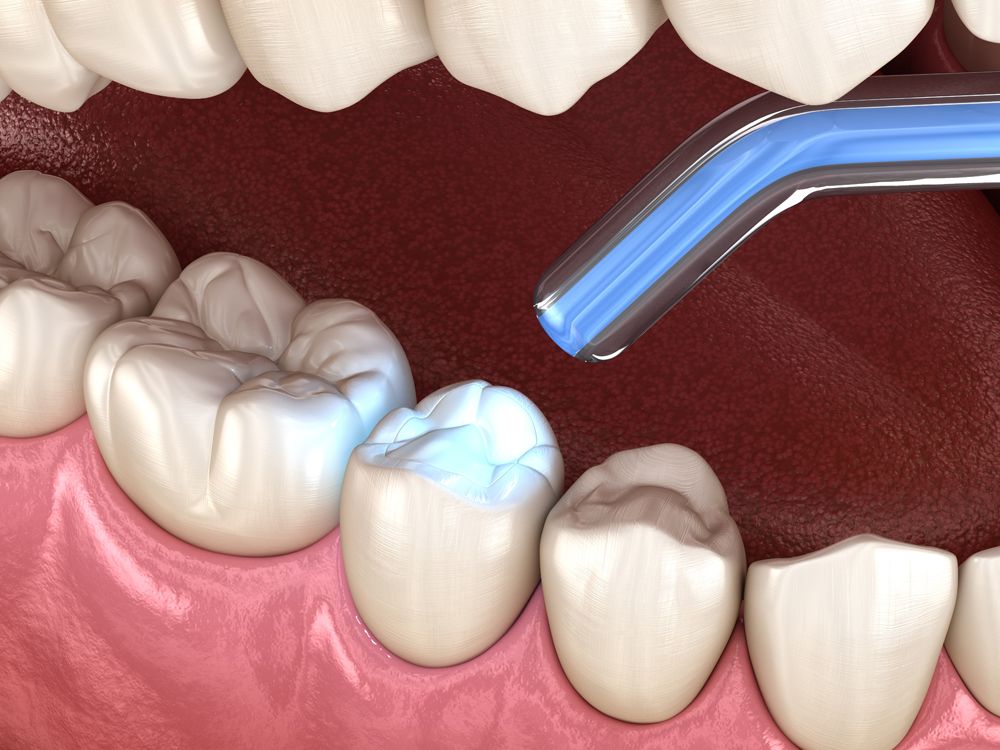Glass Ionomer is a Material Unlike Any Other
Glass Ionomer is a Material Unlike Any Other. Photo courtesy of Alexander Mitiuc / stock.adobe.com.

Glass ionomers provide a powerful tool as a restorative material. Able to be used in a variety of restorative treatment, glass ionomers are unique in their ability to physically and chemically bond to the tooth’s structure without the need to etch or prime. Designed with esthetics and durability in mind, they help create the best patient outcomes in certain restorative procedures.
Introduced in 1972 as a derivative of silicate cements and the polycarboxylate cements, glass ionomer cement was unique in its ability to release fluoride, enhancing esthetics for restorative cases. The material was stronger and less soluble, which allowed clinicians to utilize it in Class III and Class V cavity preparations.
Glass ionomer can also uniquely prevent caries through the aforementioned fluoride release. Not only can it prevent, but also, in cases where caries may already exist, the glass ionomer cement can protect the margins from reoccuring caries.
This material can be used frequently because of its versatility and ease of use, making it a great boon to clinicians who may be looking to make their restorative procedures more efficient and cost-effective. It can be used as a restorative material or a base for a composite resin overlay. Practically applied, glass ionomer cement can be a great help in bolstering a practice’s restorative procedure techniques.
These restorative materials can provide solutions in unique cases. In this month’s roundup, we present a variety of glass ionomers and resin-modified glass ionomers that the industry has to offer.
